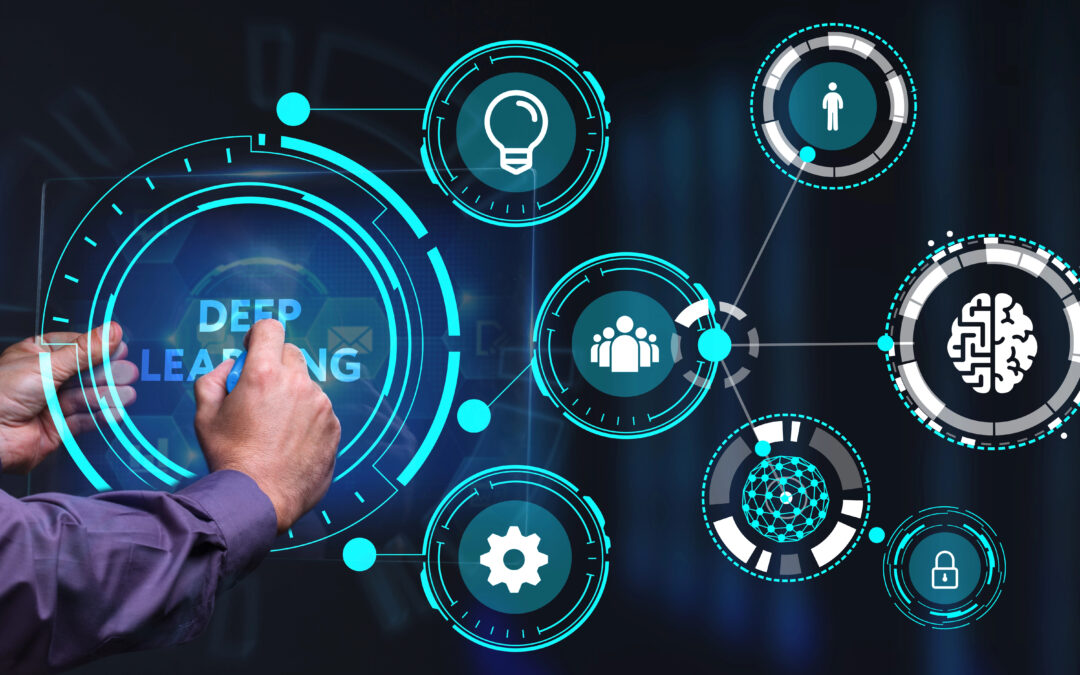In the escalating battle between cybercriminals and businesses, AI has become the ultimate weapon—and not just for bolstering cybersecurity. Attackers are now using AI to exploit vulnerabilities, execute sophisticated social engineering schemes, and compromise billions of data points. For businesses, this is a wake-up call: relying solely on outdated regulatory standards or basic security measures leaves you exposed to risks that grow more dangerous by the day.
Let’s break down why businesses must move beyond the minimum, adopt a comprehensive, multi-layered cybersecurity strategy, and leverage AI defenses to stay ahead of increasingly advanced threats.
Billions of Data Points, Billions of Risks
Cybercriminals thrive on data, and they’re not short on it. Over the years, billions of pieces of data have been compromised—from email addresses to social security numbers, financial information, and more. The more data AI has to work with, the more effective it becomes at identifying patterns and vulnerabilities.
AI-powered attackers now leverage this data to execute highly targeted social engineering attacks. For example:
- Password Patterns: Using breached data, AI can predict common password structures or guess variations employees might use across systems.
- System Vulnerabilities: AI analyzes infrastructure weaknesses faster than any human hacker, identifying the easiest points of entry for malware or ransomware.
If businesses don’t match this level of sophistication with their defenses, they risk losing sensitive client data and exposing themselves to reputational and financial ruin.
Regulations Aren’t Enough—And That’s a Problem
Many businesses believe that adhering to legal and regulatory guidelines is enough to protect them. Unfortunately, these standards are often outdated, reactive, and insufficient against the pace of modern cyber threats.
If your cybersecurity approach stops at compliance, here’s what you’re risking:
- Client Trust: Regulatory standards are the bare minimum; falling short on more advanced protections can erode client confidence.
- Operational Security: Legal guidelines don’t always address emerging threats, leaving businesses vulnerable to new forms of attack.
- Business Continuity: Cyberattacks that exploit gaps beyond compliance requirements can result in costly downtime, breaches, and long-term damage.
Businesses need to look beyond regulations and adopt proactive, cutting-edge strategies to protect themselves, their clients, and their data.
Why Cybersecurity Requires a Multi-Layered Approach
Imagine leaving your expensive bike secured with just one lock. Even a sturdy lock might not deter a determined thief. On the other hand, if you have multiple locks of varying types, the thief’s job becomes exponentially harder. This is how a multi-layered cybersecurity strategy works.
Here’s what that looks like:
- Advanced Technology: Tools like AI-powered threat detection, adaptive firewalls, and encryption are foundational but not enough on their own.
- Processes and Practices: Regular reviews of protocols and processes ensure your defenses evolve with emerging threats.
- Internal Controls and Testing: Simulated attacks, penetration tests, and vulnerability assessments help identify gaps before real attackers do.
- Employee Training: The human element is often the weakest link. Regular training equips employees with the skills to recognize and prevent threats like phishing and social engineering.
Without these layers working together, achieving true cybersecurity resilience is nearly impossible.
Why Attackers Target High-Value Industries
As the saying goes, “Why do you rob banks? Because that’s where the money is.” Cybercriminals apply the same logic. The reward for targeting financial services, healthcare providers, or other data-rich industries is far greater than attacking a small business like a local pizza shop.
The same amount of effort to breach one financial institution can yield far more valuable data and payouts. This is why attackers focus their AI-driven tactics on industries where the stakes—and the potential rewards—are highest.
For industries like manufacturing or distribution, the challenge is different but no less significant. These sectors often have higher employee counts, lower overall technical expertise, and less engagement in training programs compared to industries like hedge funds or finance. This makes implementing and maintaining effective cybersecurity measures even more critical.
The Role of an AI-Enabled MSP in Your Cybersecurity Strategy
Partnering with a Managed Service Provider (MSP) that leverages AI for cybersecurity and prioritizes a multi-layered approach is one of the most effective ways to protect your business.
These are a few of the layers that a proactive MSP should include in your cybersecurity strategy:
- Proactive Defense: AI can analyze and respond to threats in real-time, identifying vulnerabilities and stopping attacks before they escalate.
- Continuous Monitoring: MSPs provide 24/7/365 surveillance, ensuring that your systems are always under watchful eyes.
- Tailored Solutions: Every business is unique, and some MSPs offer customizable strategies that align with your specific needs, industry, and risks.
- Employee Engagement: MSPs often include training and simulation exercises, ensuring your workforce is an active part of your defense.
By layering technology, processes, and education, an AI-enabled MSP helps businesses stay one step ahead in the ever-evolving game of cat and mouse.
Staying Ahead With TeleGlobal
Cybersecurity is no longer a “set it and forget it” task. It’s an ongoing, multi-faceted effort that requires businesses to think beyond compliance and adopt proactive strategies. Criminals are using AI to exploit vulnerabilities at unprecedented levels—don’t let your business fall behind.
By partnering with an AI-driven MSP, you can ensure your defenses are as advanced as the threats you face. Start building your multi-layered approach today to protect your data, your clients, and your future.






